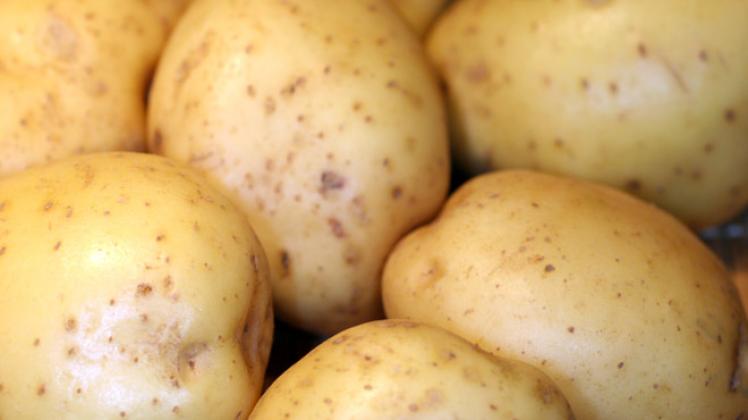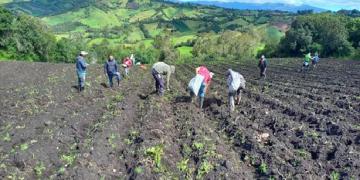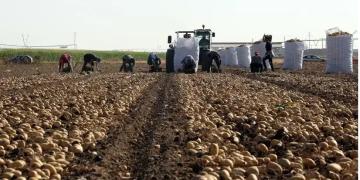Australia: New soil phosphorous test shows promise for potatoes
A Department of Agriculture and Water Resources National Landcare Innovation funded project, “Innovative Nutrient Management for the Australian Potato Industry”, has been completed by Potatoes South Australia and Primary Industries and Regions SA.

The project has successfully proven that a new test for measuring phosphorous in the soil, the Diffusive Gradients in Thin-films (DGT) test, is more accurate at predicting a yield response to applied phosphorous fertiliser in potatoes than the currently used soil tests.
The project came about amidst concerns that the overuse of phosphorous (P) was compromising the economic feasibility of the industry and also threatening environmental conditions.
Led by PIRSA researcher Dr Melissa Fraser, 15 replicated trials were conducted over the last two years to assess the applicability of the test.
Unlike the commonly used Colwell, Olsen and Bray2 soil phosphorous tests, which in some soil types can overestimate the amount of P in the soil that is available to plants, the DGT test only measures the amount of P that the soil can freely supply for plant use.
“The aim of the project was to investigate the applicability of the DGT test in potato cropping systems to see if it could provide producers with a better indication of whether P applications are needed or not,” Dr Fraser said.
“We worked with commercial producers across the state to ensure we captured the different market segments and also the different soil types. The majority of our fresh and processing production has shifted to the light sands of the Mallee, Riverland and South East over the last two decades, but we also have seed production on the acidic ironstone soils of Kangaroo Island,” explained Dr Fraser.
The two distinct soils types require vastly different management practices, primarily due to the soils’ ability to tie up P fertiliser.
Results from the trials showed that over 70% of the sites had soil P concentrations sufficient to meet crop needs with no additional P fertiliser required. “We found that the majority of crops only need between 30 to 40 kg of P applied, based on removal rates, but standard industry applications were found to be 66 to 110 kg/ha. Reducing rates can lead to cost savings of up to $220 per hectare based on current fertiliser prices, which is significant” Dr Fraser said.
“The project is the first of its kind in Australia and shows what can be achieved when all members of the value chain collaborate. Whilst the field trials have been conducted only in South Australia, the results and critical DGT values are relevant nationally” said Potatoes South Australia CEO Robbie Davis.
“We absolutely need to expand the trials into other potato growing regions so the industry can embrace this new technology” she added.
Full project details including interpretation guidelines can be viewed here: www.dgtpotatoes.com.au
For more information:
Robbie Davis
Tel: +61 (0) 427 084 319
robbiedavis@potatoessa.com.au
Melissa Fraser
Tel: +61 (0) 427 084 569
melissa.fraser@sa.gov.au
Fuente: http://www.freshplaza.com/article/155316/AU-New-soil-phosphorous-test-shows-promise-for-potatoes








